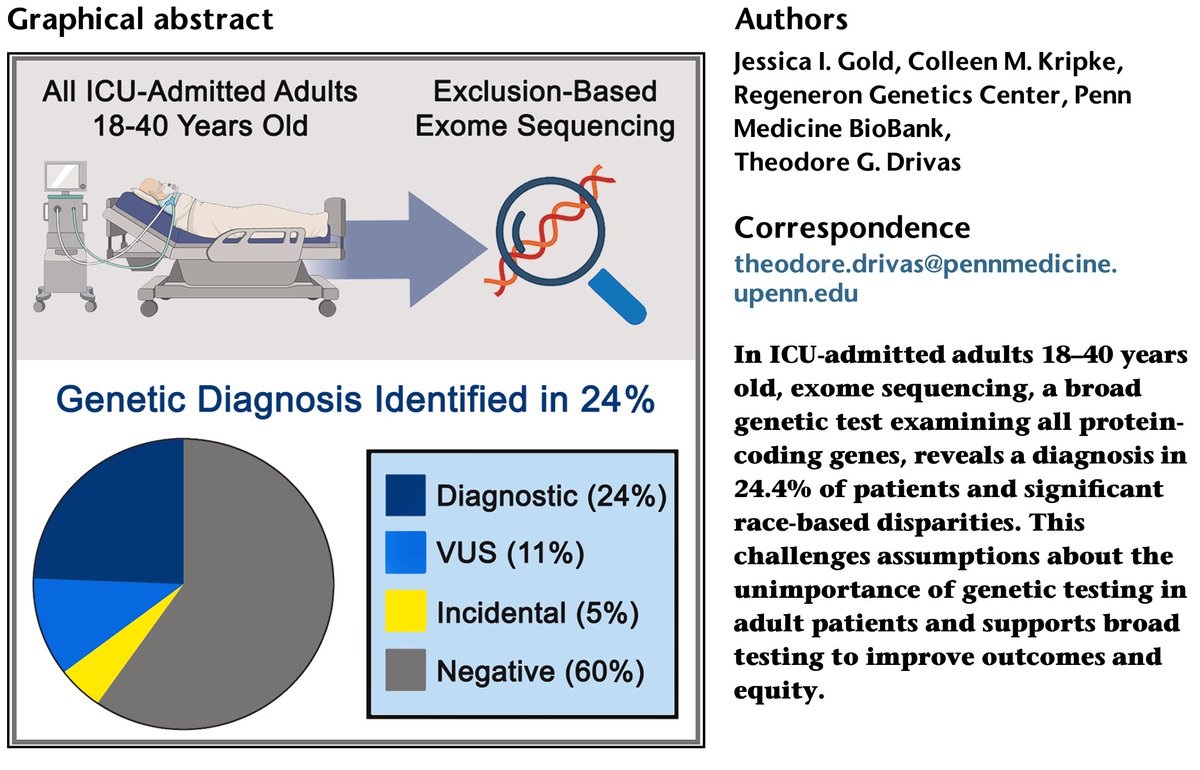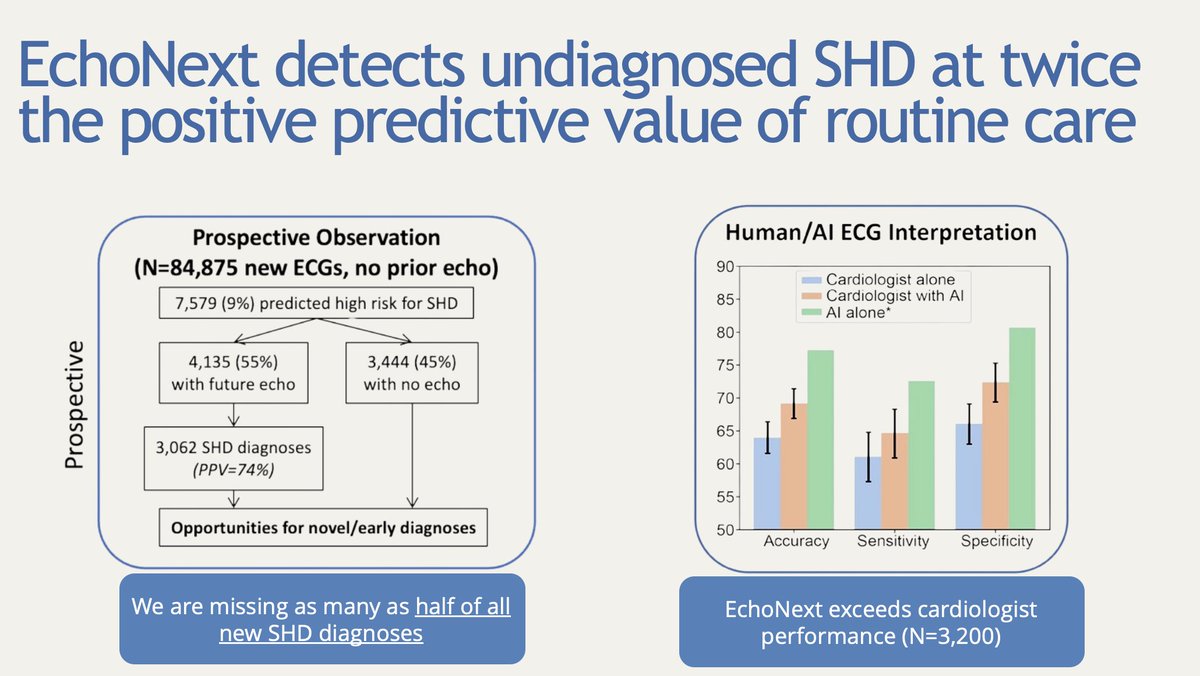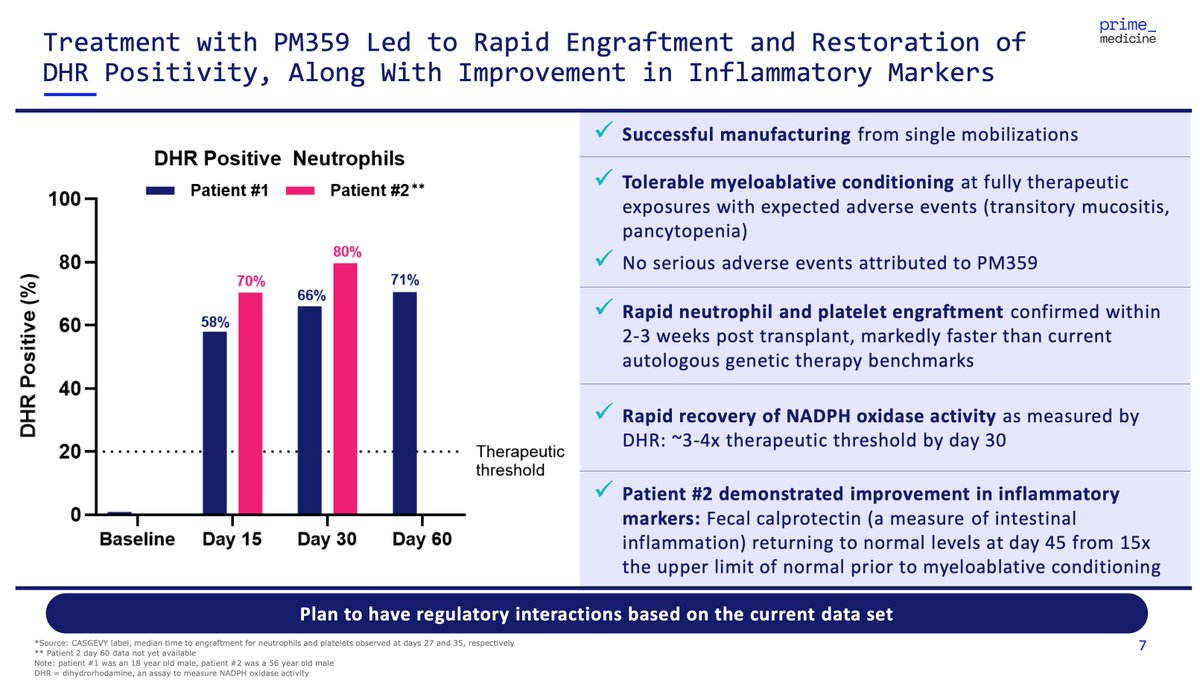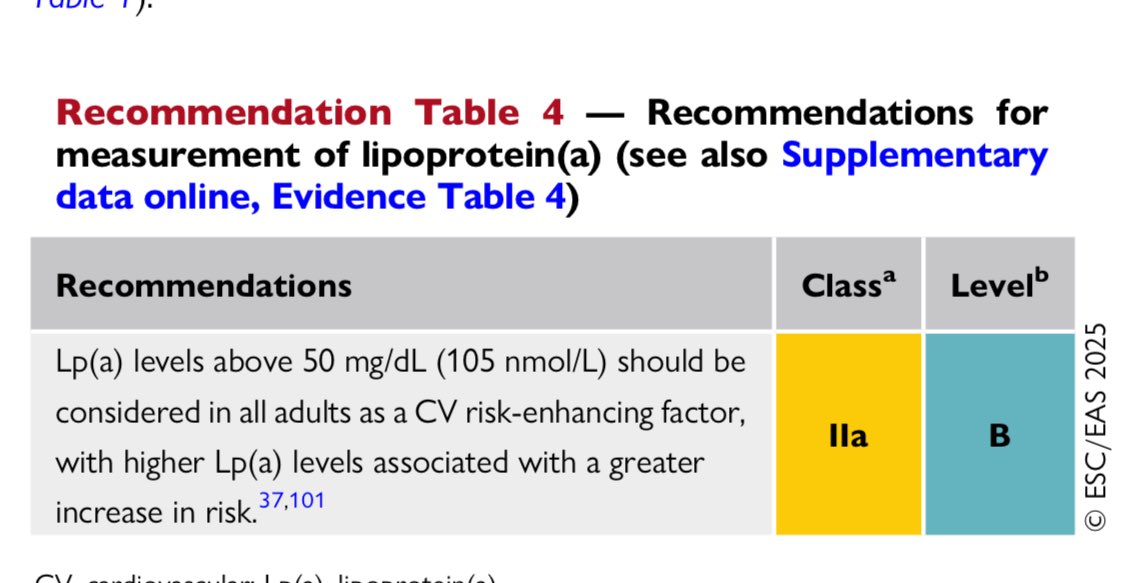
Kiran Musunuru
@kiranmusunuru
Cardiologist, geneticist, and gene editor. Author of #TheCRISPRGeneration and #GenomeEditingAPracticalGuide
ID: 26372103
https://www.kiranmusunuru.com/ 25-03-2009 00:25:06
1,1K Tweet
3,3K Followers
87 Following





This week we publish in Nature Biotechnology "High-precision cytosine base editors by evolving nucleic-acid-recognition hotspots in deaminase". In this work, we show that both nucleotide and context specificity of deaminases can be reprogrammed by hotspot-focused directed evolution 1/n






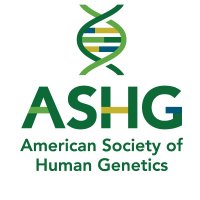
🚨Just Announced: The 2025 ASHG Professional Award Winners! Meet the innovators shaping the future of human genetics. Johns Hopkins Medicine, MassGeneral News, Penn Medicine, CWRU School of Medicine, CU Anschutz Medical Campus, The University of Chicago 💥Full list & details: ashg.org/membership/awa… #ASHG #HumanGenetics



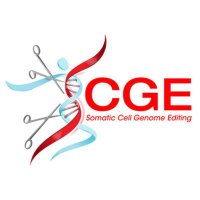
Congrats to Rebecca Ahrens-Nicklas for being named Rad Girl of the Year at the 2025 Rad Awards! Dr. Ahrens-Nicklas was nominated for her groundbreaking work in personalized gene therapy with baby KJ. Learn more about the 2025 Rad Award winners at thephiladelphiacitizen.org/2025-rad-award…







